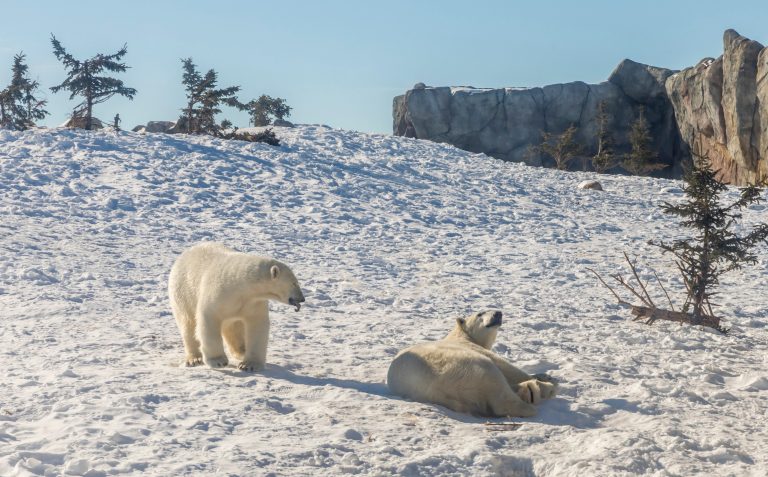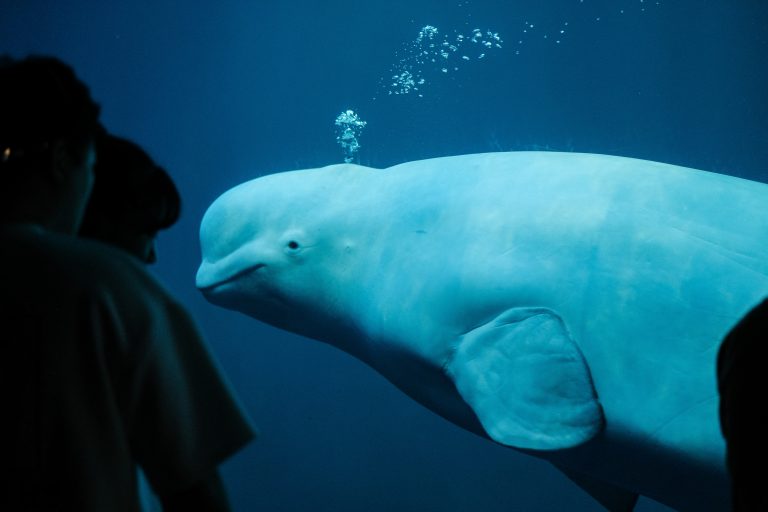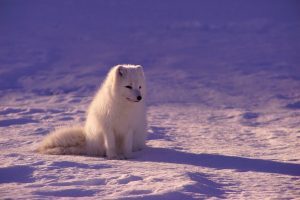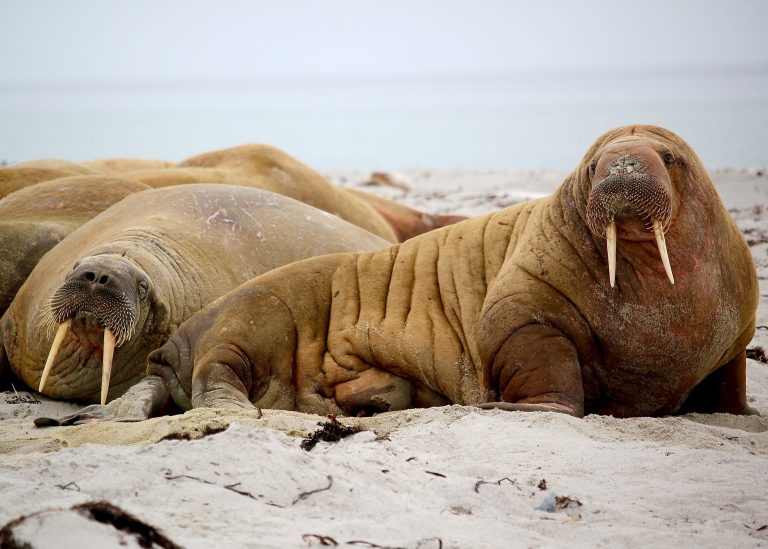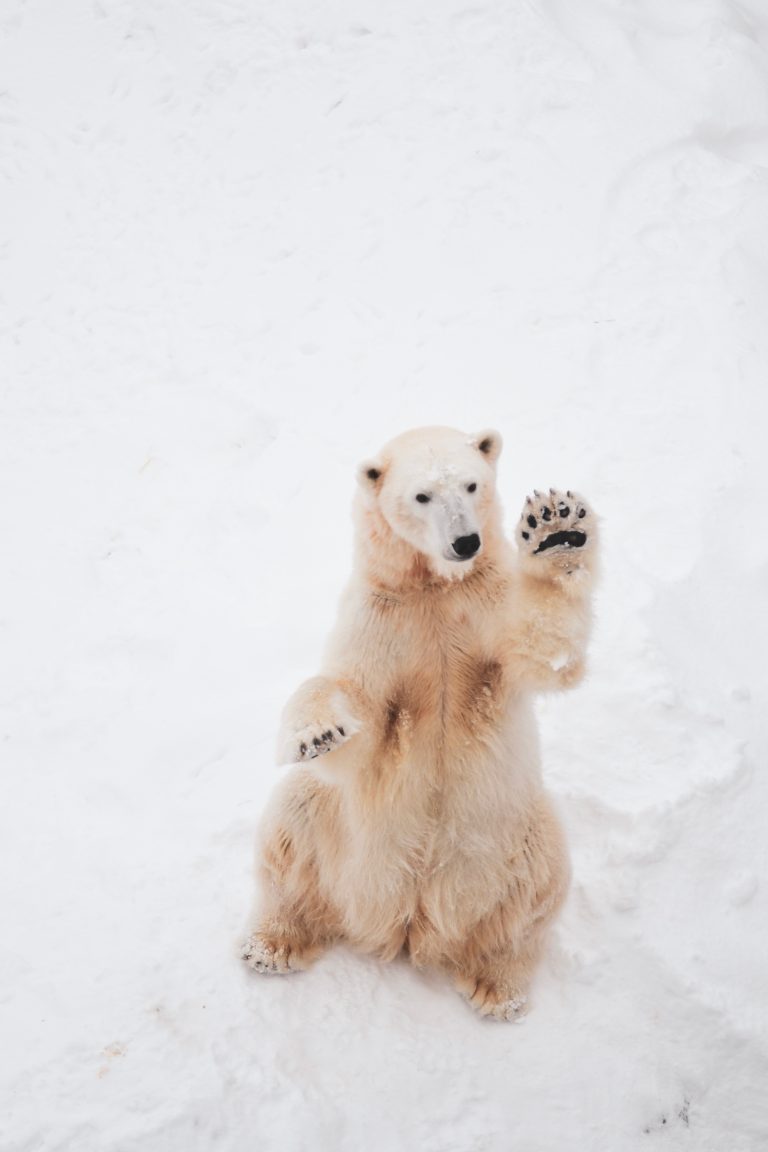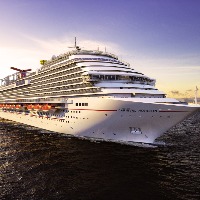Arctic Wildlife Cruising 2020 – some tips
Arctic wildlife cruising
Arctic wildlife cruising is for you if you’ve always wanted to commune with dolphins or sing with whales as they majestically sail by your ship. Experience truly breath-taking scenery and catch some unforgettable wildlife sights on your Arctic cruise. Capture precious film of our ocean-based cousins, polar bears and other fascinating creatures.
Major cruising portal Cruising Journal has researched some of the best Arctic wildlife cruises cruises currently offering great opportunities for having a whale of a time on board ship, as you stop at some of the most important locations on the arctic coast.
Polar bears on the Arctic ice
Where is it?
Situated at the very top of the world, the Arctic spans a huge area 10.42 square miles. Its coastlines take in Canada, USA, Norway, Russia, Greenland and Iceland. The smallest ocean in the world, the Arctic Ocean covers an area of 5,440,000 square miles. At its deepest point it reaches a depth of 18,050 feet. Its average depth is much shallower – a mere 3,240 feet!
What will you see?
Sailing through these wintry wonderlands is an amazing experience. Cruising the Arctic affords intrepid voyagers unrivalled opportunities to see some of the world’s most beloved and enigmatic creatures.
This is a bird-watchers delight; inland are the breeding grounds of the Grey Phalarope and Barnacle Goose breed. On the surrounding coasts the cliffs are home to great colonies of sea birds. Nesting here in the millions are egrets, Little Auks, Brünnich’s Guillemots and others.
Polar bears, grizzlies, Beluga whales and the more elusive bow-headed whale can all be seen while sailing. Seals, sealions, walrus, reindeer, caribou, elk, arctic foxes and snow hares all make their homes in the Arctic. If you want to see penguins – you’ll have to head south to Antarctica!
The rise of eco-tourism
With concern about the survival of these creatures increasing, eco-tourism is reaching record highs. Canada’s Arctic coastal towns, such Churchill in the state of Manitoba, host thousands of eco-visitors each year. Cruise companies have risen to the challenge. There are now many Arctic cruises for wildlife fans. Ships are taking guests to some of the world’s most remote locations to experience the awesome beauty of the Arctic’s glacial spectacles. These are the habitats and hunting grounds of the polar bear.
Beluga Whale
The ships
Arctic wildlife cruises are no ordinary cruises – they are true expeditions. Small, but well-equipped ships are employed to enable access via the sea to some otherwise inaccessible places. These are robust ships that are often specially strengthened for cruising the Arctic waters. They can cope with the thick ice that you will encounter. Clean, comfortable and practical, they offer everything you could reasonably wish for on a cruise.
Cabins are generally small. However, they’re perfectly adequate when you’re going to be spending most of your time whale or bear watching. Cabins are usually clean and comfy. The only grumble might be some engine noise when you’re trying to sleep. But, in the circumstances, that’s a minor inconvenience. All ships have the attractive communal meeting places and watering holes cruisers expect. Food is generally of the usual high standard found on larger ships. However, there won’t be the same kind of amenities found on bigger ships. There won’t be multiple restaurants, pools and spas on board.
On the plus side, smaller ships spell a better staff to guest ratio. This means more individual service from enthusiastic staff that you will get to know well. They really want to help you get the best out of your trip and are a fount of knowledge. Also, with wildlife a central attraction, ships will have resident wildlife experts on board. They willl keep you informed about the surroundings and guide you to the best chances of seeing polar bears and other wildlife.
More intimate voyages
Smaller ships also mean that guest numbers are restricted. Arctic cruising generally means means more intimate voyages with small numbers of like-minded, nature-loving folk. Camaraderie comes easily. Such shared experiences really help forge a close dynamic between voyagers themselves and staff. This makes for a friendly, relaxed atmosphere and an even more enjoyable and memorable experience. An increasing number of voyagers are families with children. Adults are keen for their kids to experience these remote places and iconic animals first-hand. This is where they can learn about the problems these animals face because of environmental changes caused by ourselves.
Going ashore
One of the most exciting aspects of Arctic wildlife cruising is the frequent shore excursions. Guests are ferried in RIB (rigid-hulled inflatable boats), or Geminis. They’ll take you right up to shores where few humans have trodden. Walk across the ice and on actual glaciers. These make for magic moments; if you’re lucky, you may see polar bears hunting on the ice. Depending on where you are, you might also see caribou and elk feeding. Walrus, colonies of basking sealions and seals can also be viewed.
Walrus resting on the Arctic shore
Warning!
Animals don’t appear on cue as we sail past. Polar bears can be quite elusive. There may only be tantalising glimpses from afar. The best advice is not to make that the only reason for going. After all, there are so many other animals to see. Plus there’s the ship and your fellow voyagers to enjoy. You’ll still witness some of the most beautiful and extraordinary landscapes you’re ever likely to see. And if bears appear, that’s simply a bonus.
What to pack
All cruise lines will provide full instructions as to the type of clothing you will need. Most supply equipment like sturdy boots for ice walking. Snowshoes and skis are also available for landfall activities.
The places to see
Clearly, stopping off places will vary according to your itinerary. However, even shorter cruises will ensure you get to visit the most interesting wildlife locations. The Arctic offers six different coastlines to choose from. That spells almost endless possibilities.
The Northern Lights
One of the big draws if you’re going this far north are the Northern Lights. There are many packages including stops around Norway and Greenland. That’s where your most likely to witness them firsthand.
Fred Olsen Cruises, Silversea, Regent, P & O Cruises are among several offering cruises where guests achieve the dream of seeing the lights first-hand.
Who’s sailing there?
There are many other cruise lines currently sailing the Arctic seas. Most offer cruises of varying lengths and visit the major coastal towns and settlements. Itineraries will include locations in Alaska, Canada, the U.S.A, Norway, Sweden, Iceland and Greenland.
polarbear high five
Early booking benefits
Now is a great time to book. There are many great reductions already on offer for the 2020 season. However, expect to pay between 1400 – 1500 euros per person for 6 – 9 day cruises. 12 -14 days will cost between 1550 – 3500 euros.
However, as always, shop around and check how inclusive your package is. You’ll pay extra for some excursions. Activities like snow skiing, glacier climbing and diving incur extra charges.
Cruising Portal suggests doing your own research rather than relying on internet ‘Top Tens’ to get info on the best Arctic cruises. There is a wide range of alternatives available at competitive prices and attractive packages. Those featured in ‘Top Tens’ may seem the obvious choice. But this means they may be oversubscribed and restrict your choice of dates.
Share your story on Cruising Journal
Cruising Journal hopes this article is helpful to those thinking of booking an Arctic wildlife cruise. We wish you Bon Voyage! And don’t forget to upload your Arctic wildlife cruising experience to the Cruising Journal website!

